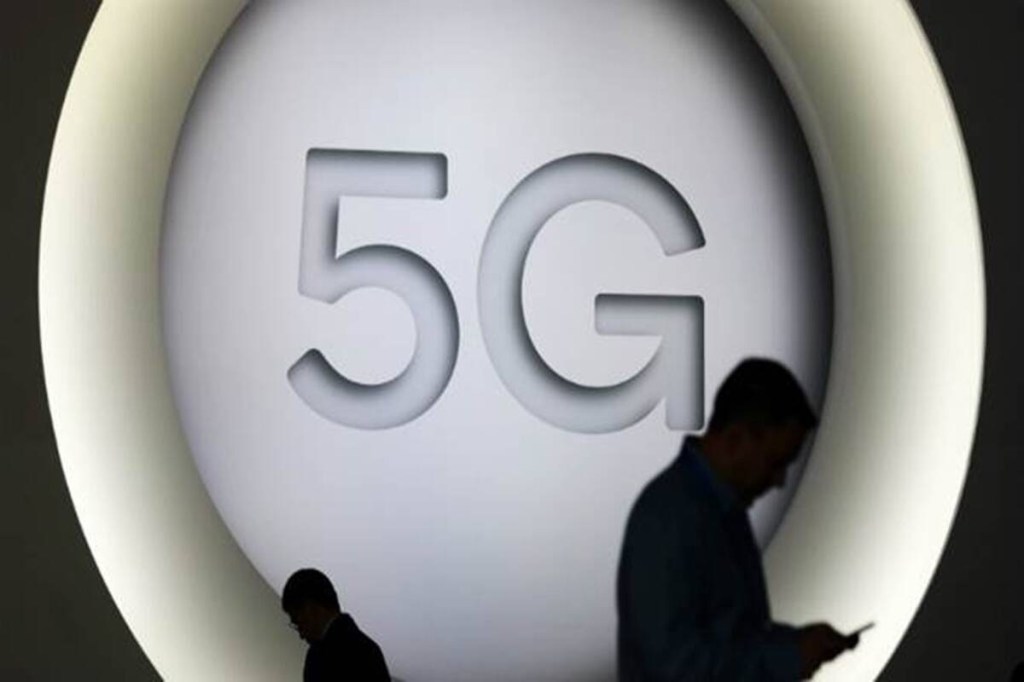With 63% spectrum remaining unsold in the auctions held in March, the government is not taking any chances and has decided to seek fresh reserve price from the Telecom Regulatory Authority of India (Trai) for the 5G band which is likely to be put up for sale next year.
Though the Trai had in 2018 submitted the reserve price for 5G spectrum in the 3300-3600 Mhz — the auction was not held for this band in March — it was seen as too high by the industry. Since the premium 4G band in the 700 Mhz where also the price was seen as too high, did not see any takers; the government wants a review of 5G band fearing that otherwise industry may not come forward to buy.
Further, since around 70 MHz spectrum in the band is being added, a reference for new reserve price needs to be sought.
As it is, the government feels embarrassed as the 700 Mhz band did not find any takers for the second time in March auctions — earlier in 2016 auctions also it was not touched by the industry.
The government is being doubly careful since the spectrum demand-supply scenario has totally changed in the last few years, and especially after the March auctions. There are only three telecom players, of which one is financially weak. The operators have enough spectrum in the 4G band and by optimising it, can start providing 5G services once the ecosystem is more developed. In fact, Bharti Airtel has demonstrated 5G services through such spectrum optimisation. As a result, if the pricing does not suit the industry, it will be in no hurry to buy 5G spectrum.
Official sources said that in addition to the 5G spectrum in 3300-3600 Mhz band, the department of telecommunications (DoT) will also seek pricing for millimeter wave band (24.25 GHz to 28.5 GHz) and 600 MHz spectrum band, which can be used for 5G services.
“The pricing needs to be relooked for 5G as the earlier price recommendations came in 2018 and the auction will now happen in 2022. Already there have been many developments in the last few years regarding 5G,” an official source said. The government is also including more bands for 5G, for which price recommendations are required, the source added.
In 2018, Trai had recommended a reserve price of Rs 492 crore per Mhz for 3300-3600 MHz band. The price meant that for a pan India minimum block of 20 Mhz, operators would have to shell out Rs 9,840 crore, which was seen as steep. As telcos need about 100 Mhz to offer pan-India 5G services, this price means that they would need to shell out Rs 49,200 crore.
Similarly, for 700 MHz band, although Trai had reduced the reserve price by 43% in 2018 compared to 2016 auctions, at Rs 6,568 crore per Mhz, for a pan-India 5 Mhz block, still operators would have had to shell out Rs 32,840 crore, which was seen as quite high.
High reserve price of spectrum acted as a dampener in the March auctions. For instance, of the total 2,308 Mhz of spectrum put on auction which at reserve price was worth Rs 3.92 lakh crore, only 37% of airwaves got sold and two bands, 700 Mhz and 2500 Mhz, drew a blank.


